HOME / ABOUT - CONTACT / OUR PLANET PROJECT / CEREMONIES / PARTICIPATE
The Extinction Ceremonies are a series of simple activities to say goodbye / to remember / to act:
We browse a library of wildlife books before selecting an image and cutting the creature depicted from its background. This sacrilegious, painstaking destruction of printed wildlife treasures creates the eulogy and soundtrack to connect us to the extinction of a species. We show ourselves peering through the obscure hole in the landscape – the anthropocentric view of a single species displacing biodiversity. We destroy the creature and give our response.
The Extinction Ceremonies library will be going on tour ASAP...
Henrik G Dahle, Author of Extinction Ceremonies:
I would cut up magazines for my work with flat paper montage. Sometimes I'd cut out animals. The negative space of missing creatures would leave intruiging and arresting haunting landscapes, so I began collecting them...
This was before I had seen the effects of our mass extinction with my own eyes – before I understood the trouble we were in. For me it was the insects. My very first puzzlement was the stag beetles – I'd not seen one for years. Then moths and other night bugs – missing from around the light of lamp posts. I remembered how busy with life the air had been and began to worry.
Shifting Baselines or Declining Baselines are a lens through which we measure the state of a system:
Areas that swarmed with a particular species hundreds of years ago, may have experienced long term decline, but it is the level of decades previously that is considered the appropriate reference point for current populations. – Wikipedia
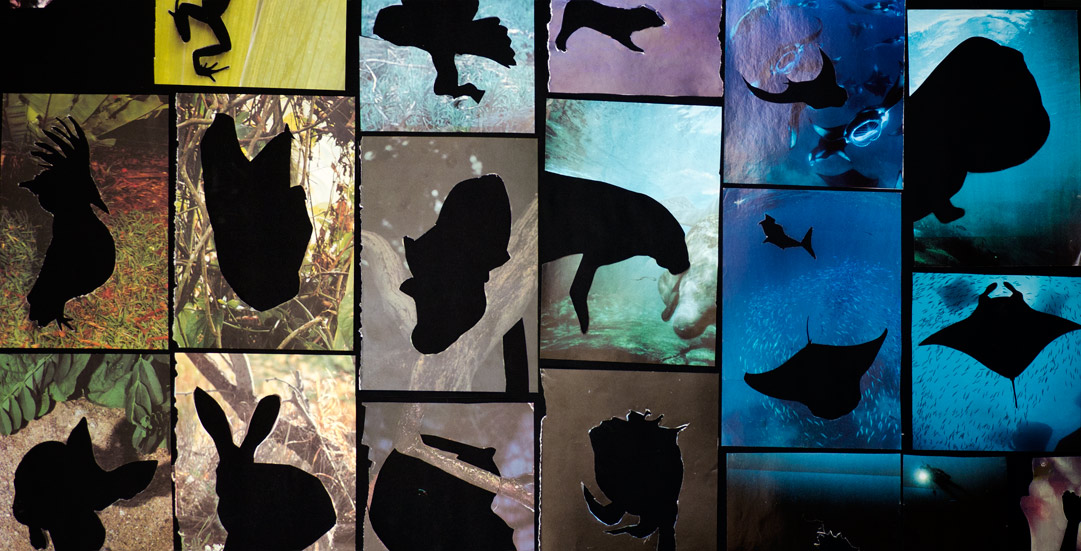
Now we know every ecosystem is in freefall...
The Intergovernmental Science-Policy Platform on Biodiversity and Ecosystem Services (IPBES), produced the Global Assessment report in 2019, that gave the headline: One million (of an estimated nine million) species at risk of extinction. The report can be found at the
U.N. website and a summary is copied at the bottom of this page.
-
Negative trends in nature will continue to 2050 and beyond in all of the policy scenarios explored in the Report, except those that include transformative change – due to the projected impacts of increasing land-use change, exploitation of organisms and climate change, although with significant differences between regions.
If a million species in a fragile interconnected system are wiped out, then anything is possible. Think falling dominoes.
Extinction Ceremonies therefore assumes we are all vulnerable – we're all on the IUNC Red List of Threatened Species, all creatures and all plants on Earth, because we are literally in it (on Earth) together.
How can we process the death of 19.5 million elephants? How can we process 200 years of slaughter? How can we engage with the concept of species already lost; with the diversity and wonder that will be gone before the extinctions level off. How quiet will the planet be when the collapse ends? Will we be here to hear the silence? Should we begin saying goodbye?
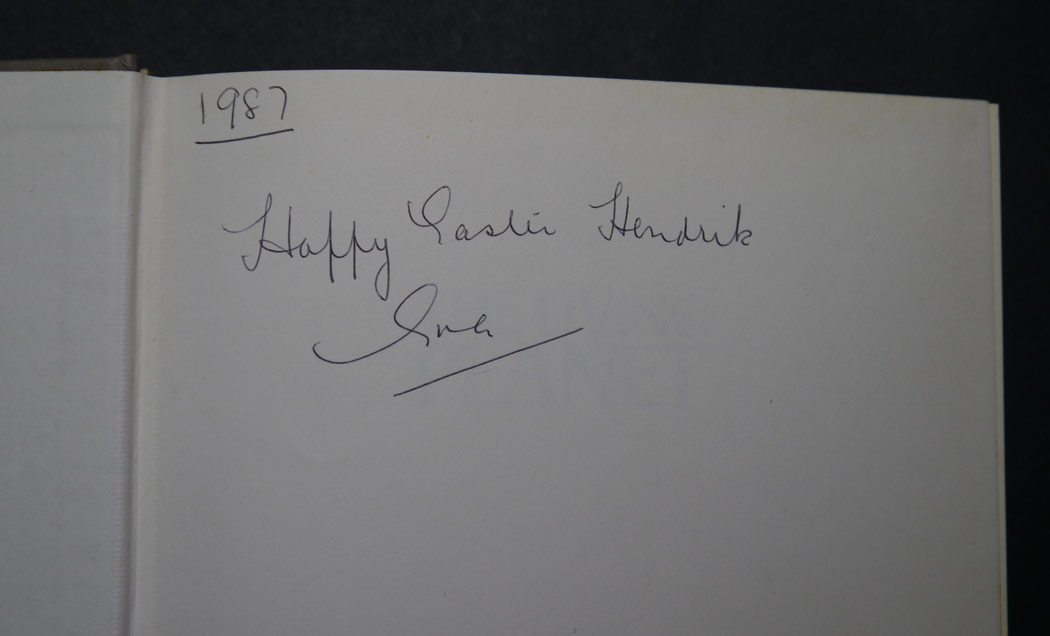
Thank you Ena.
Magazines were good for the montage, but these ceremonies would need something more valuable – more sacrilegious: books.
My grandmother's friend Ena gave me a David Attenborough book in 1987 when I was 11 years old. Though appropriate, it felt uncomfortable when I began using it for the first Extinction Ceremonies. It was even more uncomfortable when a young participant made a mess of one of the creatures – cutting it crudely from the page. There was now another layer of violation to my precious sentimental book.
And neither will extinction leave perfect holes in nature's landscapes.
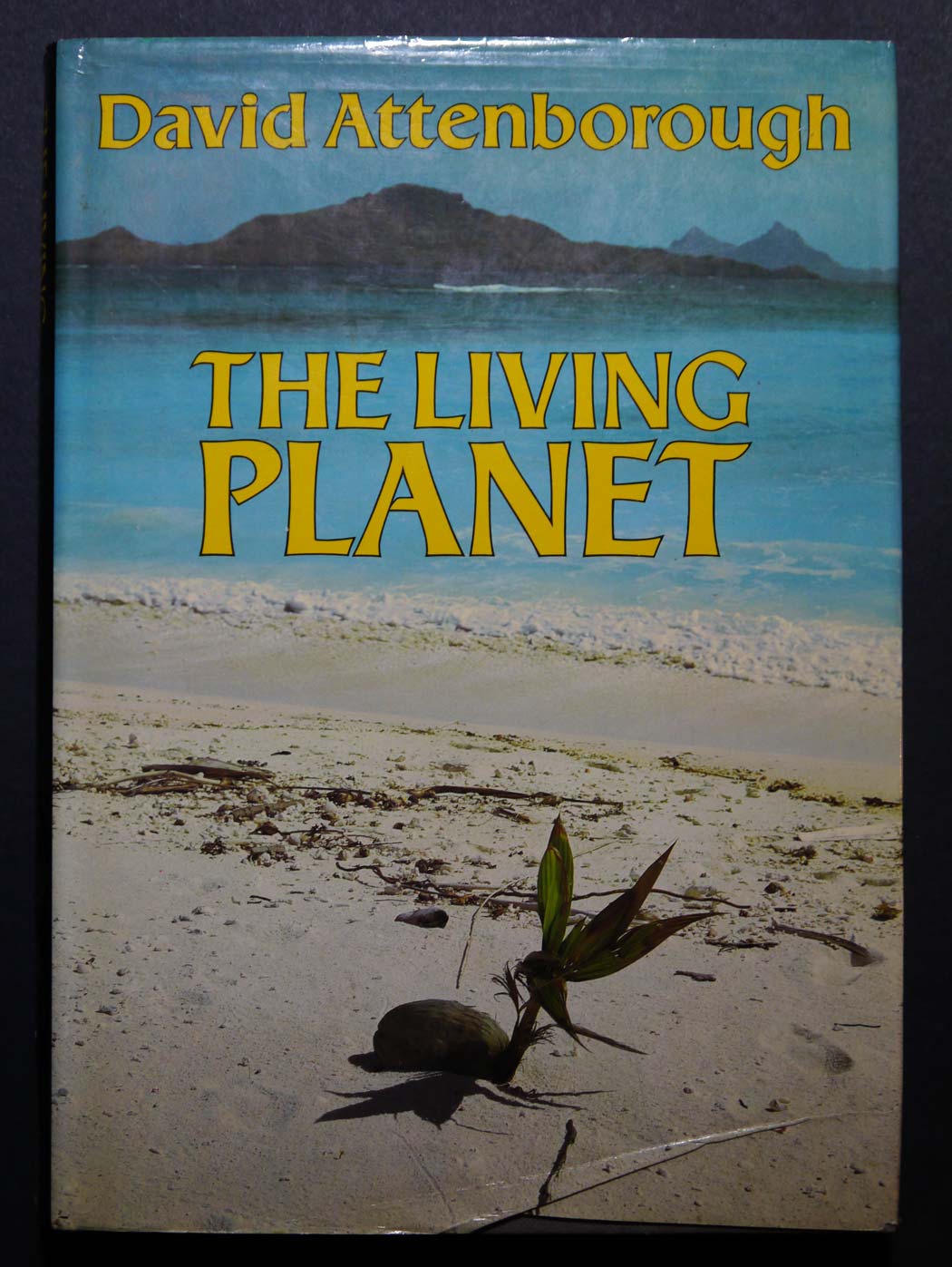
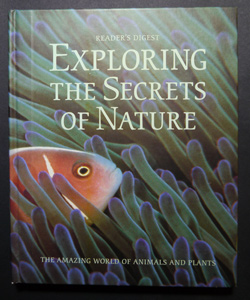
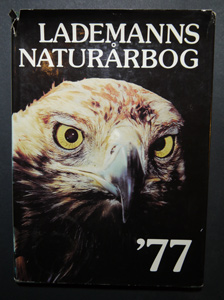
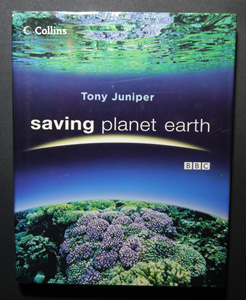
We welcome donations to the library.
The Our Planet project makes use of Netflix series' Our Planet companion book. See the dedicated page.

Participate
We encourage contributions to the archive – vandalise your own nature books. For information on participation click.
Contact
contact at worldgeneralstrike dot org (written this way to avoid the work of spam bots).
Commissions:
Additional information for host venues / commisioners given on request.
U.N Report (further reading)
- Three-quarters of the land-based environment and about 66% of the marine environment have been significantly altered by human actions. On average these trends have been less severe or avoided in areas held or managed by Indigenous Peoples and Local Communities.
- More than a third of the world’s land surface and nearly 75% of freshwater resources are now devoted to crop or livestock production.
- The value of agricultural crop production has increased by about 300% since 1970, raw timber harvest has risen by 45% and approximately 60 billion tons of renewable and nonrenewable resources are now extracted globally every year – having nearly doubled since 1980.
- Land degradation has reduced the productivity of 23% of the global land surface, up to US$577 billion in annual global crops are at risk from pollinator loss and 100-300 million people are at increased risk of floods and hurricanes because of loss of coastal habitats and protection.
- In 2015, 33% of marine fish stocks were being harvested at unsustainable levels; 60% were maximally sustainably fished, with just 7% harvested at levels lower than what can be sustainably fished.
- Urban areas have more than doubled since 1992.
- Plastic pollution has increased tenfold since 1980, 300-400 million tons of heavy metals, solvents, toxic sludge and other wastes from industrial facilities are dumped annually into the world’s waters, and fertilizers entering coastal ecosystems have produced more than 400 ocean ‘dead zones’, totalling more than 245,000 km2 (591-595) – a combined area greater than that of the United Kingdom.